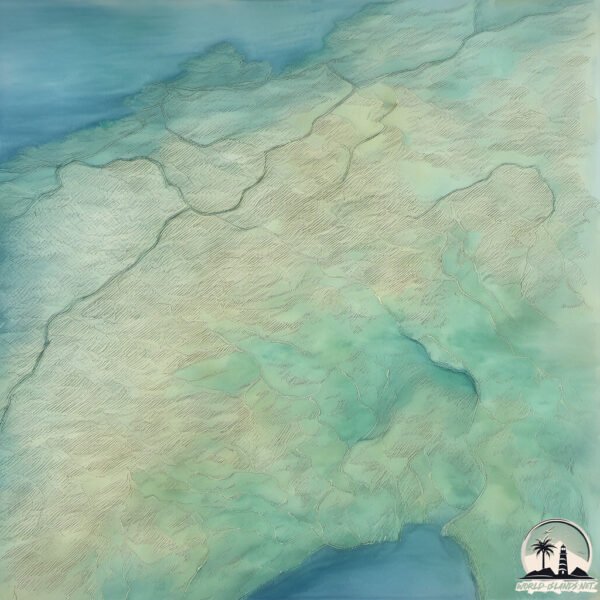Welcome to Nesoya , a Continental island in the Skagerrak, part of the majestic Atlantic Ocean. This guide offers a comprehensive overview of what makes Nesoya unique – from its geography and climate to its population, infrastructure, and beyond. Dive into the details:
Geography and size of Nesoya
Size: 1.764 km²Coastline: 11 kmOcean: Atlantic OceanSea: SkagerrakContinent: Europe
Nesoya is a Small Island spanning 1.8 km² with a coastline of 11 km.
Archipel: –
Tectonic Plate: Eurasia – One of the world’s largest tectonic plates, the Eurasian Plate covers a significant portion of Europe and Asia. It’s characterized by diverse geological features, including the Ural Mountains, the European Plain, and the Himalayas formed from its collision with the Indian Plate.
The geographic heart of the island is pinpointed at these coordinates:
Climate and weather of Nesoya
Climate Zone: ContinentalClimate Details: Warm-Summer Humid Continental ClimateTemperature: Warm Summer
Climate Characteristics: Features warm summers and cold winters with consistent precipitation, common in higher latitudes.
Topography and nature of Nesoya
Timezone: UTC+01:00Timezone places: Europe/ParisMax. Elevation: 104 m Mean Elevation: 63 mVegetation: Evergreen Needleleaf ForestTree Coverage: 80%
The mean elevation is 63 m. The highest elevation on the island reaches approximately 104 meters above sea level. The island is characterized by Plains: Flat, low-lying lands characterized by a maximum elevation of up to 200 meters. On islands, plains are typically coastal lowlands or central flat areas.
Dominating Vegetation: Evergreen Needleleaf Forest
Vegetation: 4 vegetation zones – Diverse Island
Infrastructure and Travelling to Nesoya
Does the island have a public airport? no .
Does the island have a major port? no .
The mean population of Nesoya is 369 per km². Nesoya is Moderately Inhabited. The island belongs to Norway .
Continuing your journey, Ertvagoy is the next notable island, situated merely km away.
Island Hopping on the Oslo Fjord | hovedøya & vigeland park
With spring almost upon us, my friends and I decided to explore the islands surrounding Oslo and the famous Vigeland park.
Island Hopping on the Oslo Fjord | hovedøya & vigeland park
With spring almost upon us, my friends and I decided to explore the ...
With spring almost upon us, my friends and I decided to explore the islands surrounding Oslo and the famous Vigeland park.
OSLO, NORWAY - BLEIKØYA ISLAND - 2020 4 K #fjord #oslofjord #scandinavia #bleikøya
oslo #norway #fjord #oslofjord #scandinavia #bleikøya Welcome to ...
oslo #norway #fjord #oslofjord #scandinavia #bleikøya Welcome to Bleikøya Island and A&A Travelling. Today we will visit one of ...
How to See the Oslofjord for Cheap
Here's how to island hop around the Oslofjord in Norway for less than ...
Here's how to island hop around the Oslofjord in Norway for less than $5. Where to reach me Instagram: ...
Norway is classified as Developed region: nonG7: Developed economies outside of the Group of Seven, characterized by high income and advanced economic structures. The level of income is High income: OECD.
News – Latest Updates and Headlines from Nesoya
Stay informed with the most recent news and important headlines from Nesoya. Here’s a roundup of the latest developments.
Loading...
Please note: The data used here has been primarily extracted from satellite readings. Deviations from exact values may occur, particularly regarding the height of elevations and population density. Land area and coastline measurements refer to average values at mean high tide.

